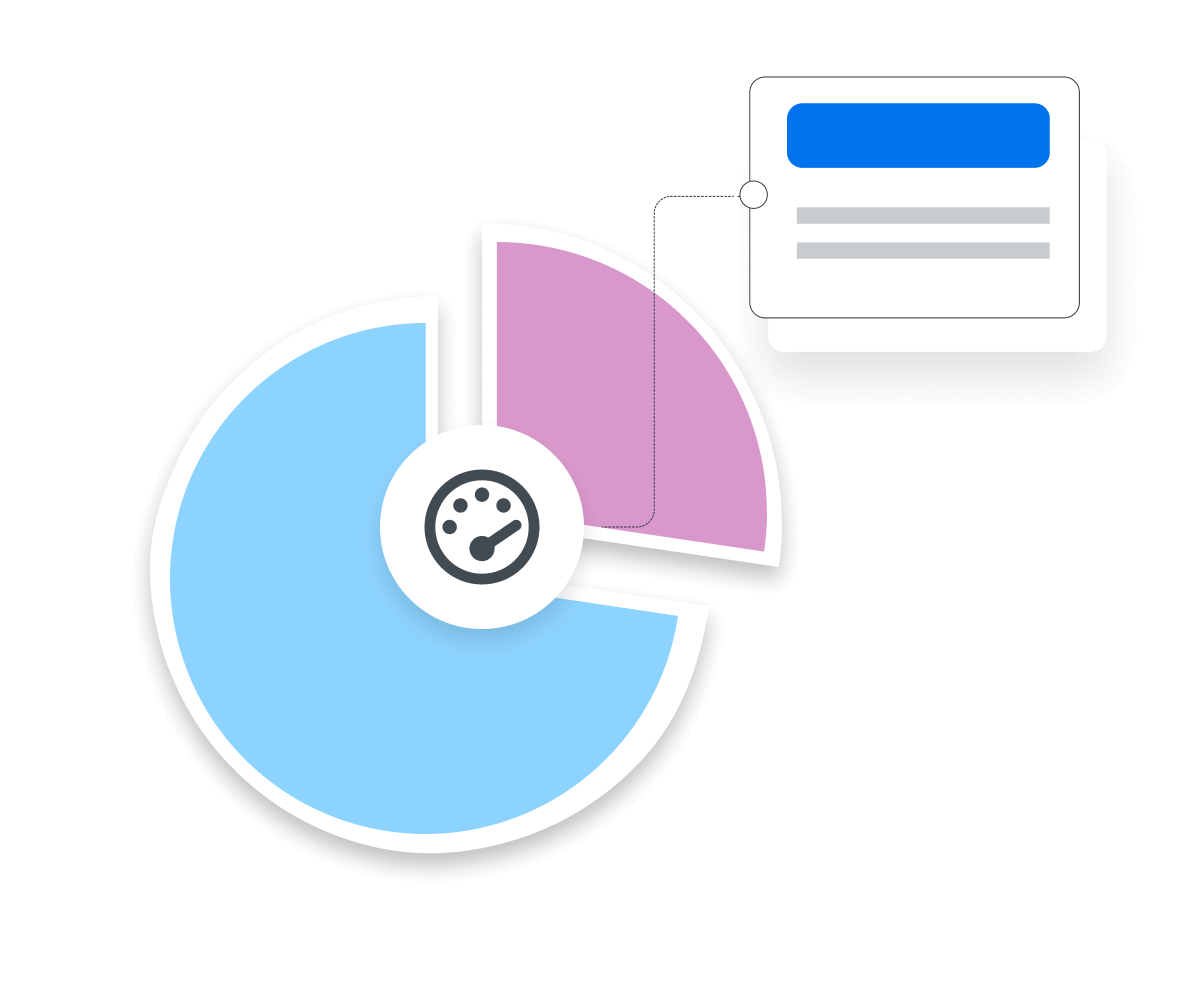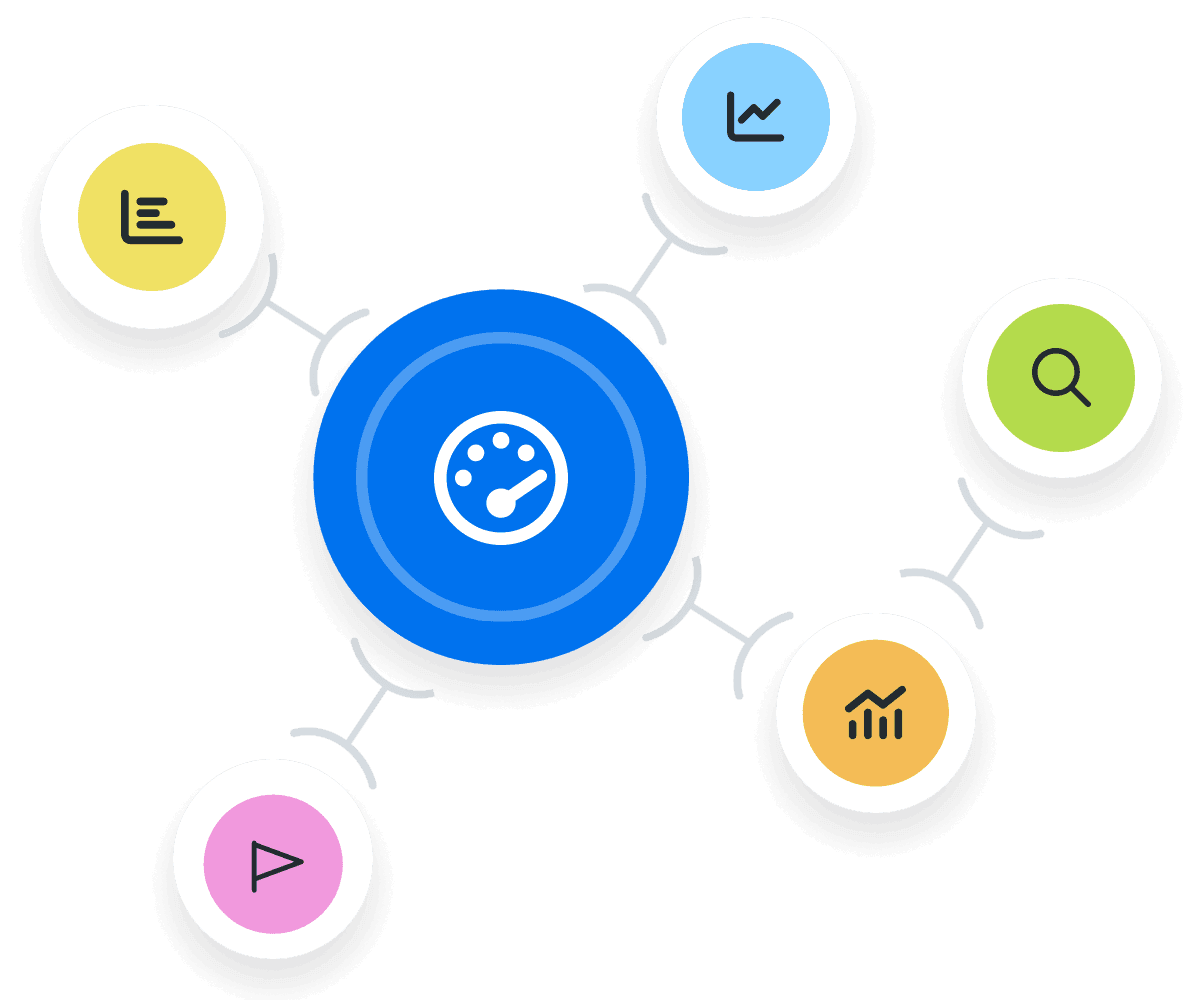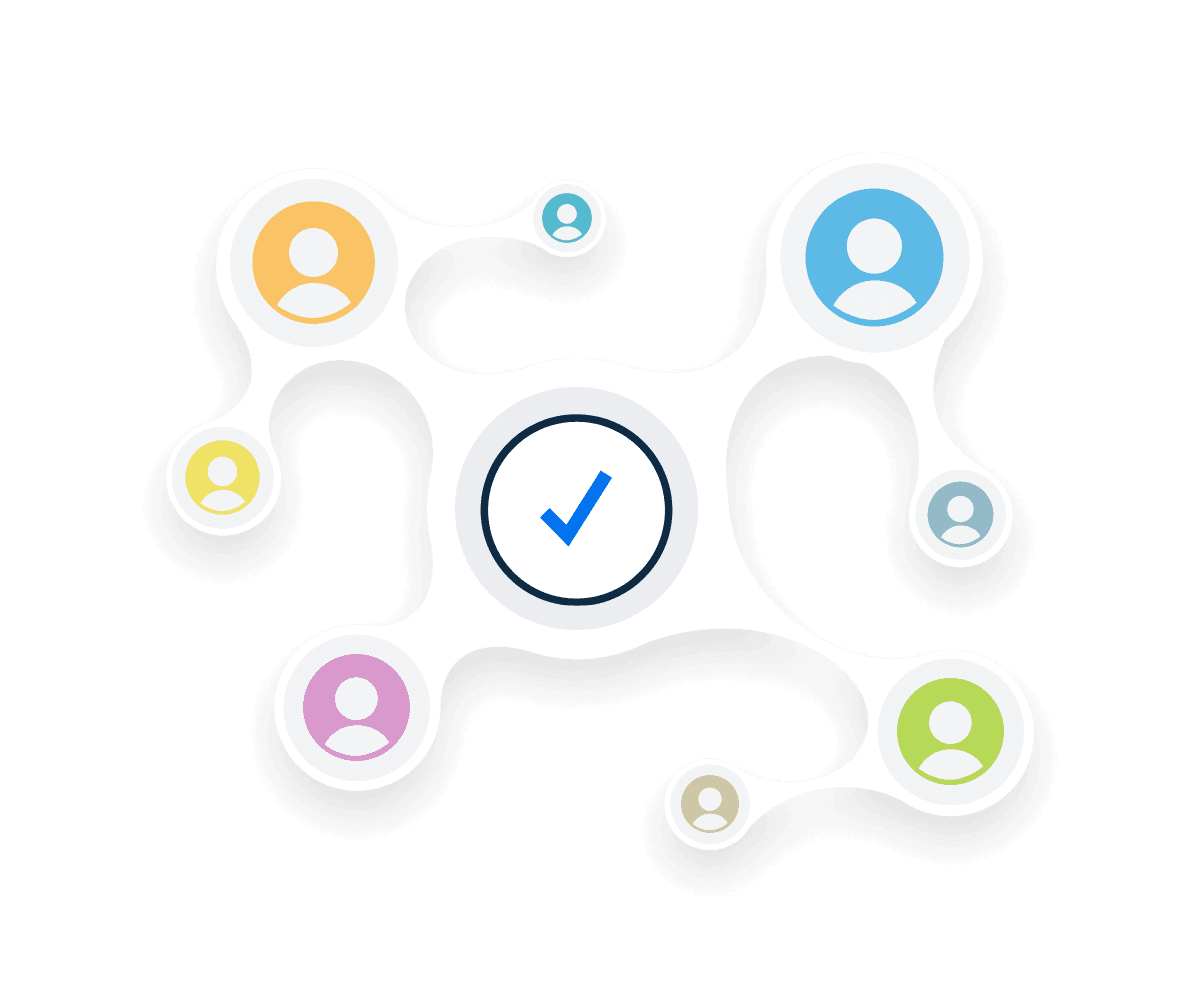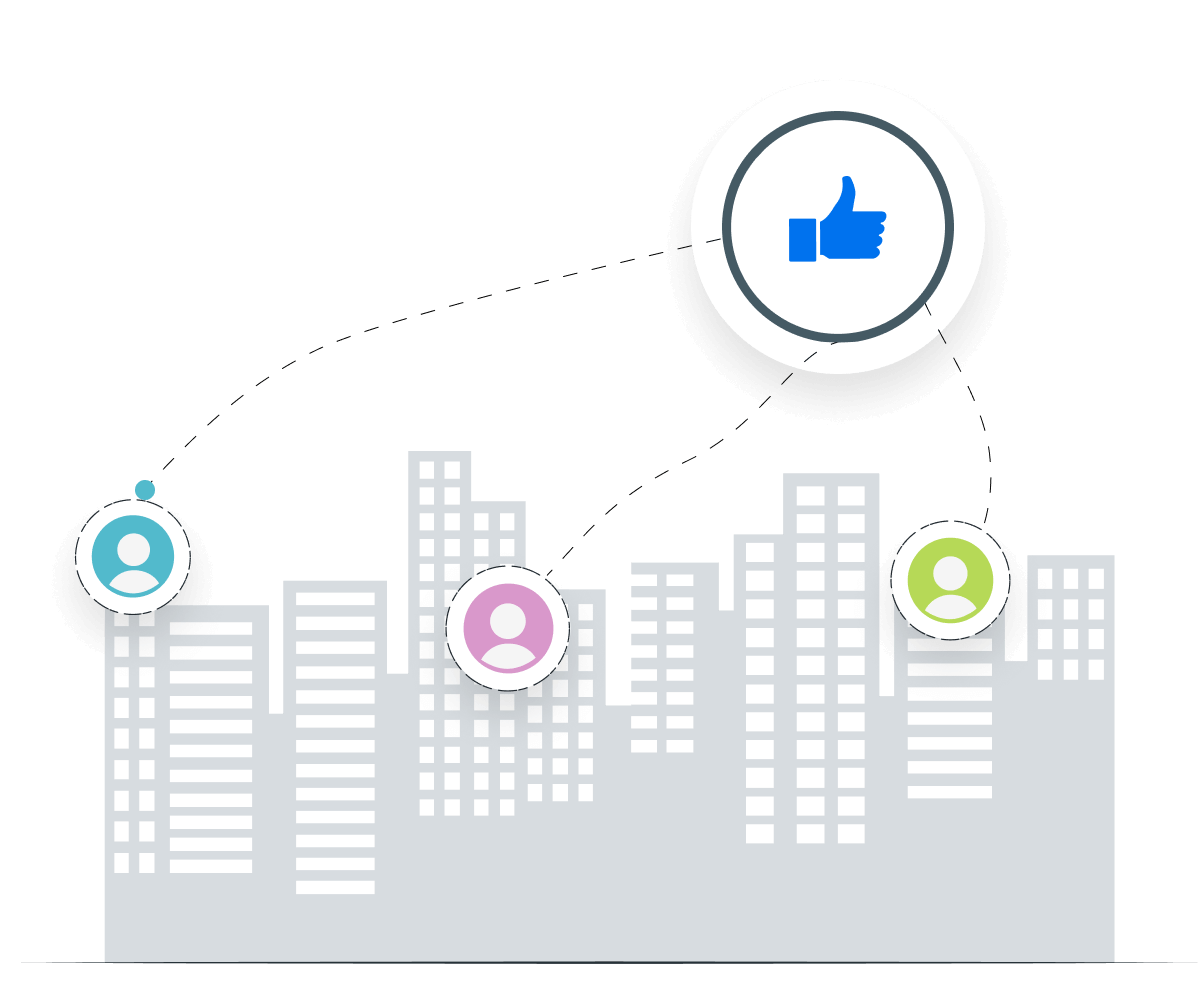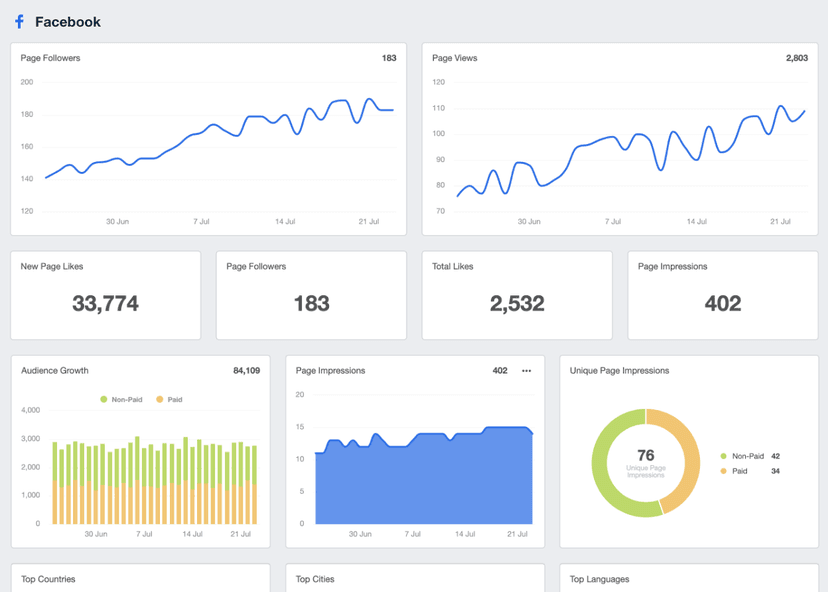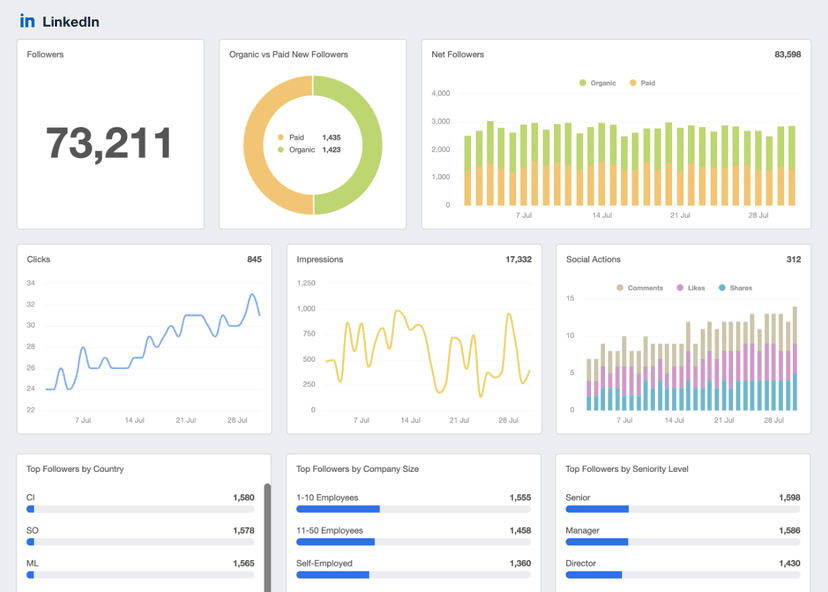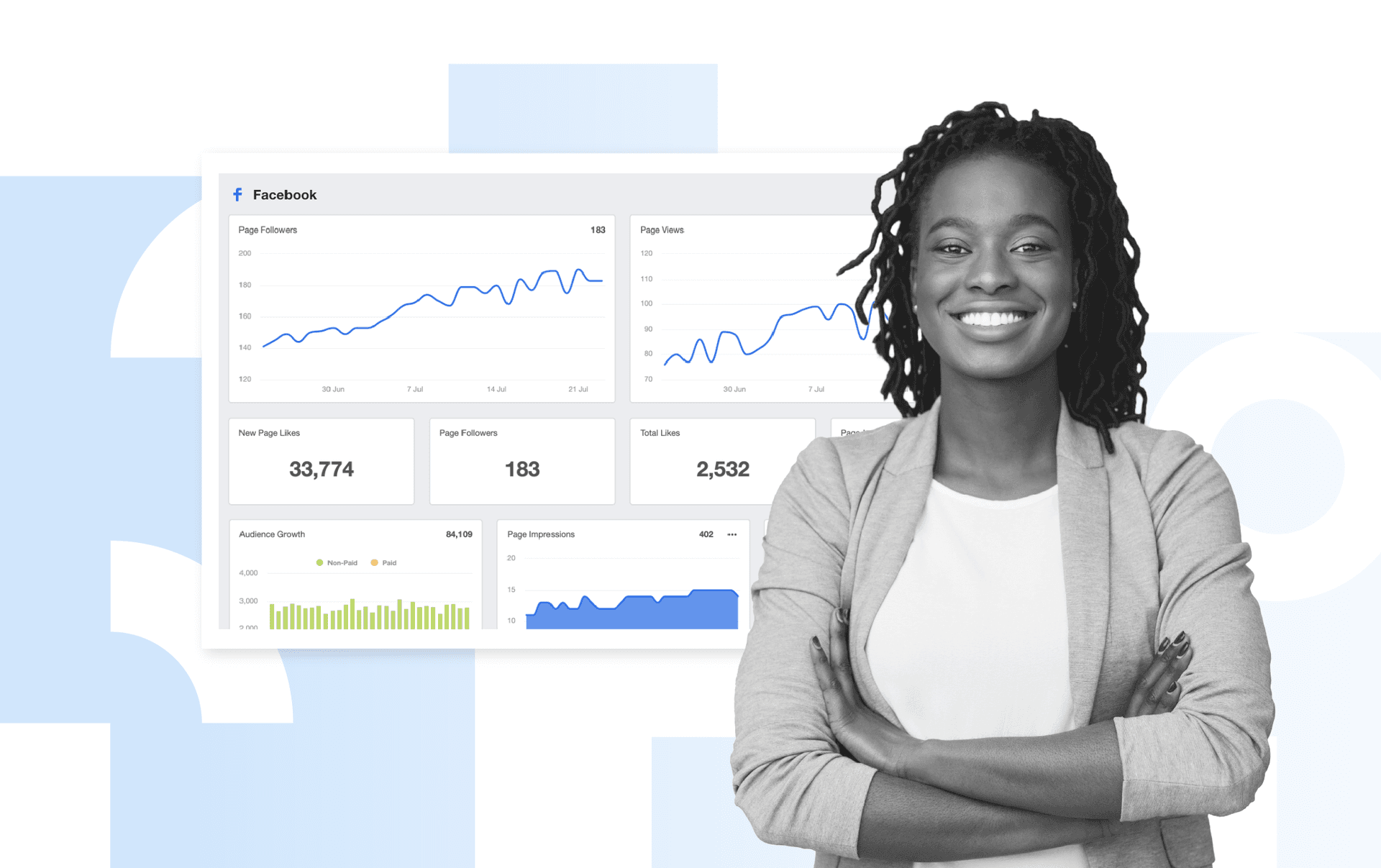Engagement Rate
Campaign Evaluation
Engagement Rate gauges campaign success and whether improvements are needed.
Content Refinement
Use Engagement Rate to identify which content resonates with the target audience most.
Influencer Marketing
Monitor Engagement Rate when testing influencers or creative to allocate spend effectively.
Segmentation
Segment audiences based on their interaction levels and create targeted messaging.
Why Engagement Rate Is Important
Engagement Rate is not just a number; it's a reflection of the audience's connection to a brand.
When users choose to interact with content, it indicates that the product, service, or messaging sparks interest in some way. It’s a way for users to show loyalty, give approval, or even share feedback.
This metric is also an indicator of how well marketing campaigns are progressing in real time. Whether it's a social media post, email newsletter, or ad campaign, Engagement Rate allows you to quickly identify what's working and what isn't.
This enables agile decision-making, which helps to optimize strategies and stay aligned with the audience's evolving interests.
Stop Wasting Time on Manual Reports... Get Insights Faster With AgencyAnalytics
How Engagement Rate Relates to Other KPIs
Engagement Rate is a pivotal KPI that acts as both a standalone metric and a linchpin that connects with other key performance indicators.
For example, a higher Engagement Rate often leads to more Clicks and Conversions, as engaged users are more likely to follow through with desired actions (e.g., signing up for a newsletter or making an online purchase). On social media platforms, a robust Engagement Rate is a sign that audiences will also interact well with calls to action, thus improving CTR. Engagement Rate plays a role in the financial aspect of advertising campaigns. A higher Engagement Rate can result in lower Customer Acquisition Costs (CAC), which improves ROI.
However, If engagement is high but conversions are low, it may signal that while the content is compelling, it's not effectively moving users through the sales funnel or the content is resonating with the wrong audience.
The only way to assess how your message is perceived is by studying the reactions to your content. Whether someone clicks, shares, or replies are the “facial expressions” and “words” that tell you how well your conversation is going.
How To Measure Engagement Rate
Calculating Engagement Rate is essential for measuring the effectiveness of marketing efforts. To calculate Engagement Rate, a social media marketer will quantify the total number of user interactions (e.g., Likes, Comments, Shares, and Clicks).
Engagement Rate is measured in various ways depending on the specific goals and the platform in question. In some cases, it's calculated based on the follower count, particularly on social media platforms like Instagram and TikTok. Here, the Engagement Rate formula often involves dividing the total engagement by the number of followers to measure engagement among current followers.
On the other hand, for certain campaign-specific metrics, Engagement Rate is commonly calculated based on the total engagement divided by the number of impressions the social media posts receive. This offers a broader view of how a piece of content performs beyond just the follower base.
Engagement Rate Formula Example
What Is a Good Engagement Rate?
A good average Engagement Rate varies across industries and platforms. Generally speaking, a favorable percentage is between 1% to 5%.
A higher Engagement Rate is often more challenging to achieve as follower or subscriber rates increase.
In these scenarios, it’s important to maintain brand consistency, churn out relevant content, and leverage top-performing content types.
What Is a Bad Engagement Rate?
A bad average Engagement Rate typically falls below 1%.
If the agency observes an Engagement Rate that’s consistently below 1%, it may mean that the audience isn’t quite connecting with the content.
Conversely, it may mean that the targeting options need refinement (in the case of paid advertising). In both cases, revisit the marketing plan and be sure to create content that’s relevant to the ideal client profile (ICP).
Setting Engagement Rate Benchmarks and Goals
To combat outdated benchmarks and create a personalized approach, agencies will develop their own engagement targets. To get started, research industry norms, analyze historical data, and monitor competitor performance. Then, create data-informed benchmarks, compare these numbers to current audience engagement, and adjust the strategy accordingly.
Why Engagement Rate Matters to Clients
For clients, Engagement Rate is a reflection of their brand's impact and resonance with their audience. It matters because it signifies a genuine connection between the brand and its customers. Although seen by some as more of a vanity metric, it’s an early signal of customer loyalty and brand preference. For example, if the Instagram cngagement rate calculator shows a strong level of engagement, it demonstrates that people aren't just scrolling past; they're stopping and engaging.
Engagement Rates also have the potential to translate into real-world outcomes: increased sales, more website traffic, and even in-person foot traffic. Ultimately, it's proof that their marketing investment is not just being seen by the masses but also creating meaningful connections that lead to business growth.
Why Engagement Rate Matters to Agencies
For marketing agencies, Engagement Rate is the pulse of marketing campaign performance. It matters because it provides agencies with actionable insights into audience behavior and content effectiveness.
Agencies leverage engagement data to refine targeting, optimize content, and enhance ROI. Tracking engaging content over time also allows an agency to set its own benchmarks, share data-informed observations, and provide relevant recommendations.
Engagement Rate is also a crucial metric when identifying and qualifying potential influencer partnerships. For instance, agencies often run an Instagram Engagement Rate formula to identify influencers with high Engagement Rates. These types of partners are more likely to generate impactful results than those with larger followings but lower engagement. It serves as an accurate gauge of an influencer's true reach and, by extension, the potential ROI on an influencer marketing campaign.
Discover the Client Reporting Platform Trusted by Over {{customer-count}} Marketing Agencies
Best Practices When Analyzing and Reporting on Engagement Rate
A deep-dive into Engagement Rate metrics informs everything from content creation to ROI, making advertising campaigns smarter and more targeted.
View Engagement Rate Over Time
Tracking Engagement Rate trends over time reveals seasonality, identifies content lifecycles and helps adapt strategies accordingly. Analyze changes to adjust content frequency and timing for optimal results.
Measure Engagement Rate Across Channels
Compare engagement metrics across different channels to pinpoint where the audience is most active. This allows for better ad budget allocation (if applicable) and tailored strategies for top-performing channels.
Compare Engagement Rate Across Campaigns
Assessing engagement across platform-specific campaigns uncovers what works and what doesn't. Identify the top-performing content formats and tweak them as necessary based on past successes.
Put Engagement Rate in Context
When reporting on Engagement Rate, it's crucial to contextualize it alongside other digital marketing key performance indicators (KPIs) like conversion rates, click-through rates, and ROI.
Visualize Engagement Performance
Utilizing visual aids like graphs, charts, and geographic maps makes Engagement Rate data more digestible and actionable for clients. Visualizations highlight trends, patterns, and outliers, which will make it easier to identify areas for improvement and optimization.
Align to Client Goals
Demonstrate how Engagement Rate aligns with client goals, whether it's brand awareness, lead generation, or customer retention. Add annotations to a marketing report to explain how an increased Engagement Rate led to a rise in website traffic or growth in social media followers.
FAQs About Understanding and Improving Engagement Rate
Engagement rate shows how effectively content resonates with your client’s audience. These FAQs explain how to calculate it, benchmark performance, and apply insights across websites, social media, and email campaigns.
Engagement Rate measures audience interaction with content, including likes, comments, shares, and clicks. It reflects how well a message captures attention and prompts a response.
Engagement rate is used across social platforms like Facebook, Instagram, YouTube, and TikTok, as well as websites and email marketing campaigns. For social, it tracks interactions such as likes, comments, and shares. On websites, it measures activity like clicks, time on page, or scroll depth. In email, it’s tied to open rates and click-through rates. Together, these provide agencies with one of the most important metrics to evaluate content performance.
For a website, engagement rate measures how much visitors interact with specific posts or pages. Actions such as time on page, clicks, and scroll depth all contribute to engagement. A higher website engagement rate indicates compelling content that keeps potential customers active.
On social media, engagement rate reflects how actively followers interact with content—through likes, shares, comments, or clicks—relative to audience size. Agencies often calculate engagement rate per post or across multiple posts to determine which strategies lead to more engagement.
In email marketing, engagement rate is measured by actions like open rates, click-through rates, and interactions with links or calls-to-action. A high engagement rate in email campaigns signals compelling content that resonates with subscribers and supports overall client goals.
A higher engagement rate is always better, as it signals relevant content, strong social strategy, and an active audience. High engagement rates help identify brand advocates and build stronger communities, while lower rates suggest content needs optimization.
A high Engagement Rate signals that content resonates in some way. It suggests relevance, emotional appeal, or utility, each contributing to meaningful audience engagement.
For best results, share relevant, high-quality content. Use eye-catching visuals, optimize posting times, and include clear calls to action. Analyze performance data to refine messaging and format.
In influencer marketing campaigns, agencies assess micro influencers by looking at their engagement rate rather than total followers. A smaller audience with the highest engagement rate is often more valuable than a large following with low activity. This approach helps B2B and DTC brands and marketing teams find brand advocates who drive more engagement.
Engagement often correlates with stronger CTR and conversions. Interaction indicates interest, which can lead to clicks and actions. A gap between engagement and conversions may reveal messaging issues or misaligned intent.
Engagement rate is typically calculated using the following formula: total interactions (likes, comments, shares, clicks) divided by total followers or impressions, multiplied by 100. Agencies may calculate engagement for individual posts or aggregate results to track overall performance trends.
Industry benchmarks give your agency context for evaluating client results. Comparing client data to average engagement rates across industries ensures you’re not misled by vanity metrics or audience size alone, and helps set realistic goals. For example:
The median Google Analytics Engagement Rate is 54.82%
The median Google Ads Engagement Rate is 32.89%
The median Facebook Post Engagement Rate is 1.50%
These benchmarks provide a goal post for client campaigns, and a way to show off how your agency outperforms.
Instagram Dashboard Example
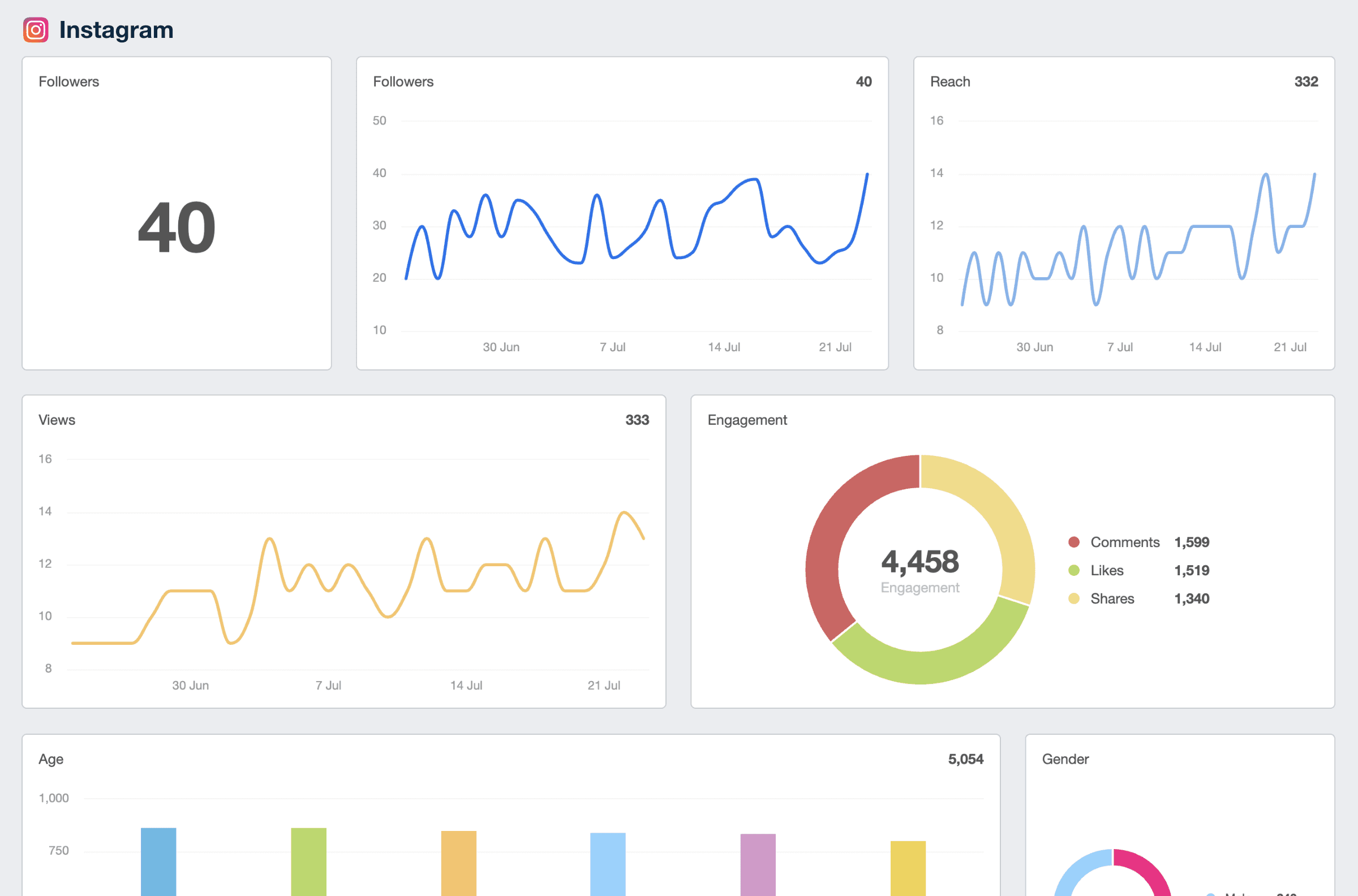
How To Improve Engagement Rate
Increasing Engagement Rate requires a strategic approach. Here are three actionable tips to enhance audience interaction and foster connection.
Optimize Content Quality
Use a free Engagement Rate calculator to ensure the content is valuable, relevant, and tailored to the audience's interests.
Be Consistent with Posting
Maintain a consistent content schedule to keep audiences engaged. This builds anticipation and keeps the brand top of mind.
Encourage Participation
Engage the audience by asking questions, running polls, and replying to comments. User interaction creates conversation and fosters community.
Related Blog Posts
See how 7,000+ marketing agencies help clients win
Free 14-day trial. No credit card required.


